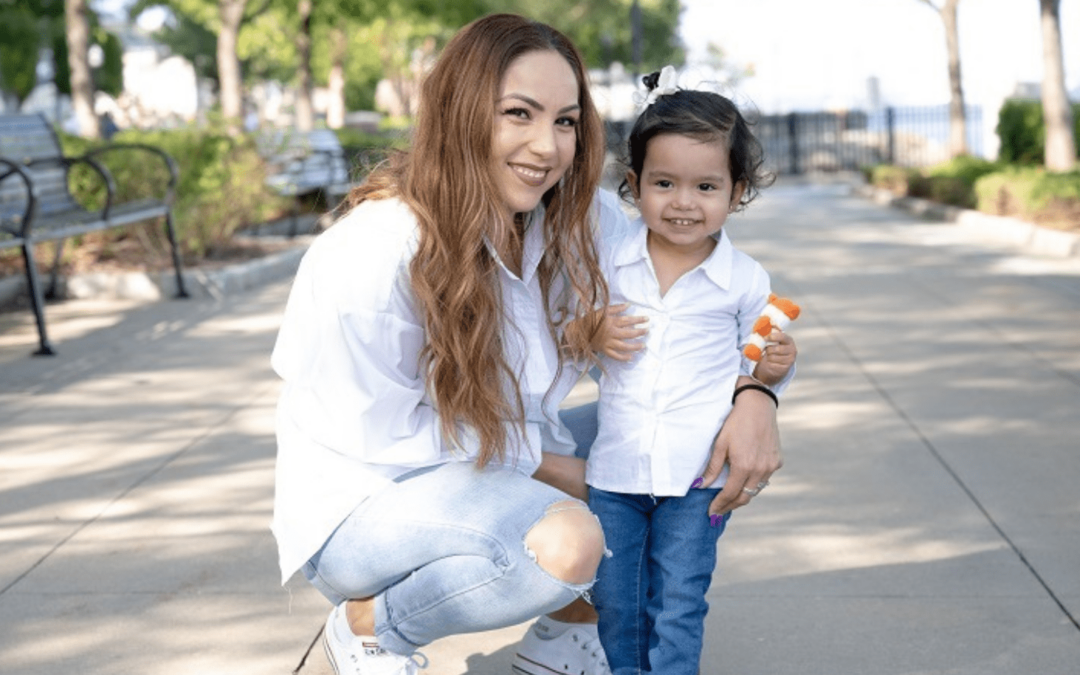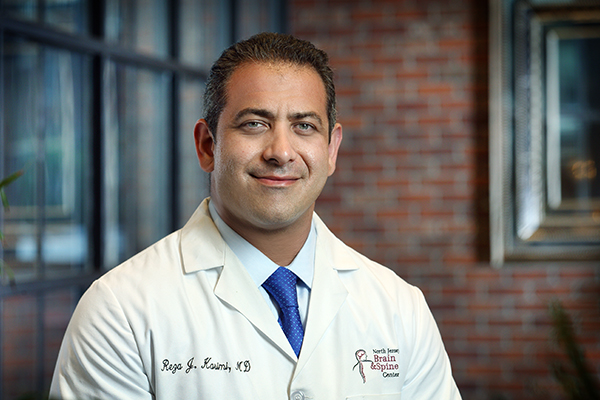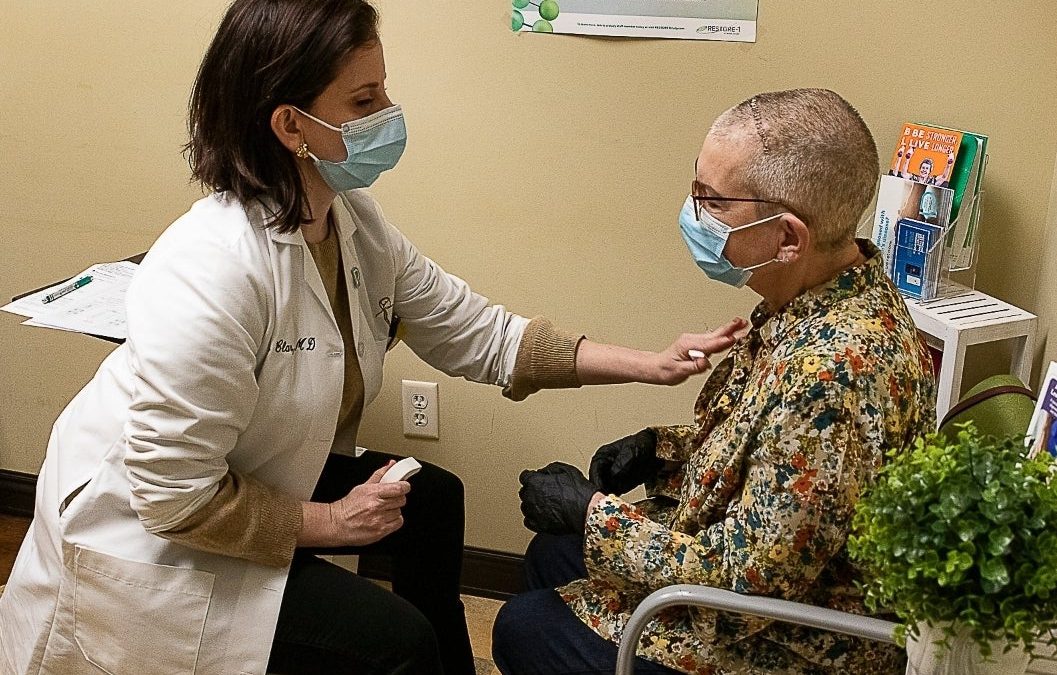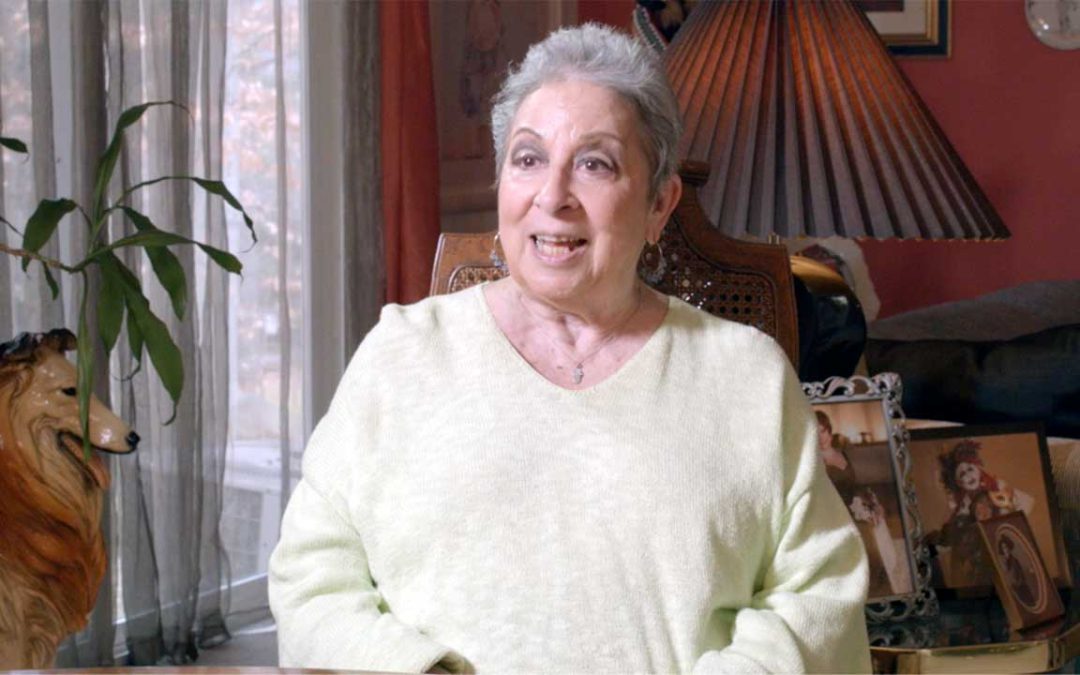Review some of the most commonly asked questions about Lumbar Fusion Surgery:
What is Lumbar Fusion Surgery?
Lumbar Spinal Fusion is a procedure that aims to alleviate chronic lower back pain caused by conditions such as degenerative disc disease, spinal stenosis, and spondylolisthesis. The surgery involves joining two or more vertebrae together, which eliminates the motion between them and provides stability to the spine.
How is Lumbar Fusion Surgery Performed?
The surgery is typically performed under general anesthesia and can be done through an open or minimally invasive approach. During the open procedure, an incision is made in the lower back, and the surgeon will remove the damaged disc or bone and place a bone graft between the affected vertebrae. The bone graft is then held in place using metal plates, screws, or rods. In a minimally invasive procedure, small incisions are made and special instruments are used to access the spine and place the bone graft.
What is the Recovery After Lumbar Fusion Surgery?
Recovery from lumbar fusion surgery can take several months. Physical therapy is often required to help the patient regain their strength and mobility. Pain and discomfort can be managed with medication and other non-surgical treatments.
When Should I Consider Lumbar Fusion Surgery?
Lumbar Fusion Surgery can be an effective treatment option for patients suffering from chronic lower back pain caused by certain conditions. However, it’s important to note that surgery should only be considered after all other non-surgical treatments have been exhausted. If you are considering lumbar fusion surgery, it’s crucial to consult with an experienced spine surgeon to determine if it’s the right treatment option for you.
What Are the Risks of Lumbar Fusion Surgery?
For patients searching for information about Lumbar Fusion Surgery, it’s important to note that the success rate of this procedure is high, but as with any surgery, there are risks and potential complications. These may include infection, bleeding, nerve damage, and even failure of the bone graft to fuse properly. It is important to have realistic expectations and have open communication with your surgeon to understand if this procedure is right for you and what you can expect post-surgery.








